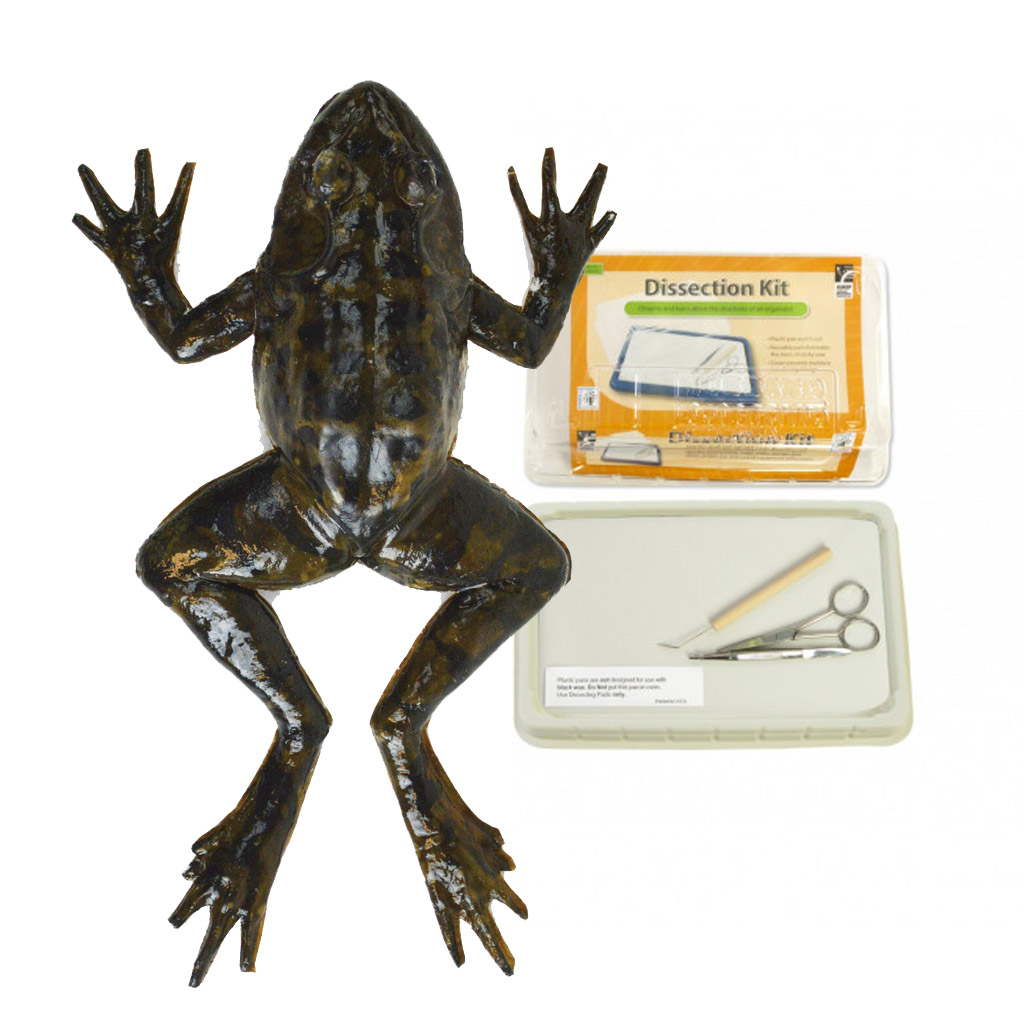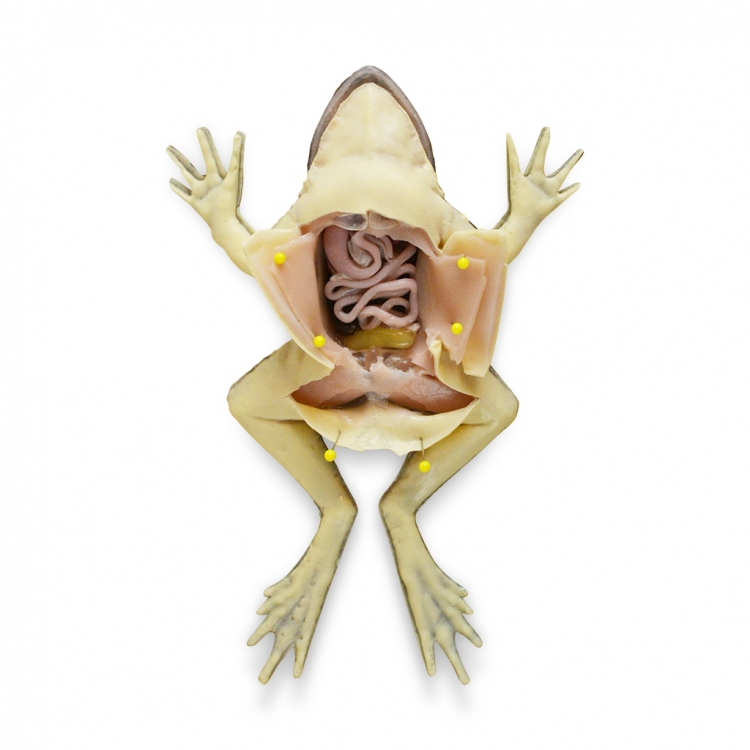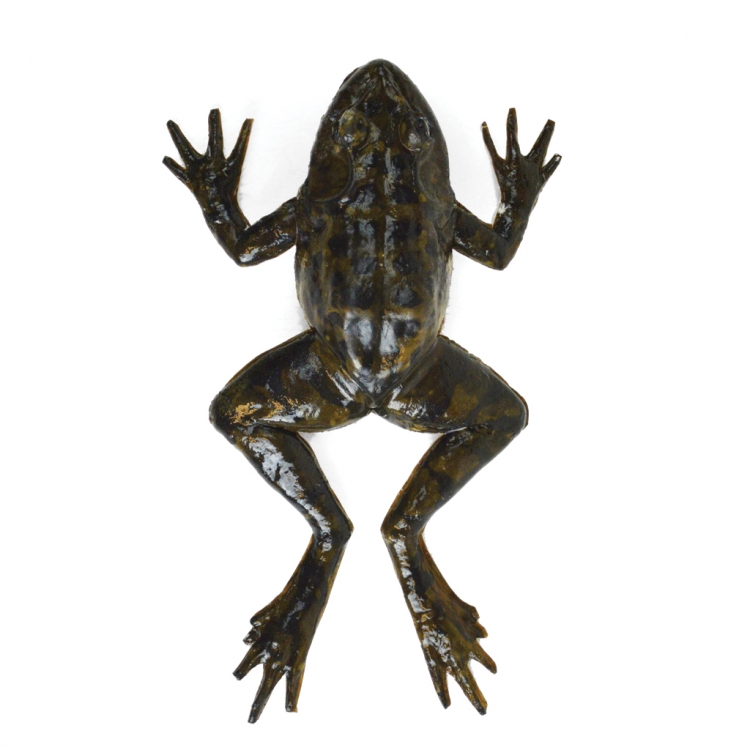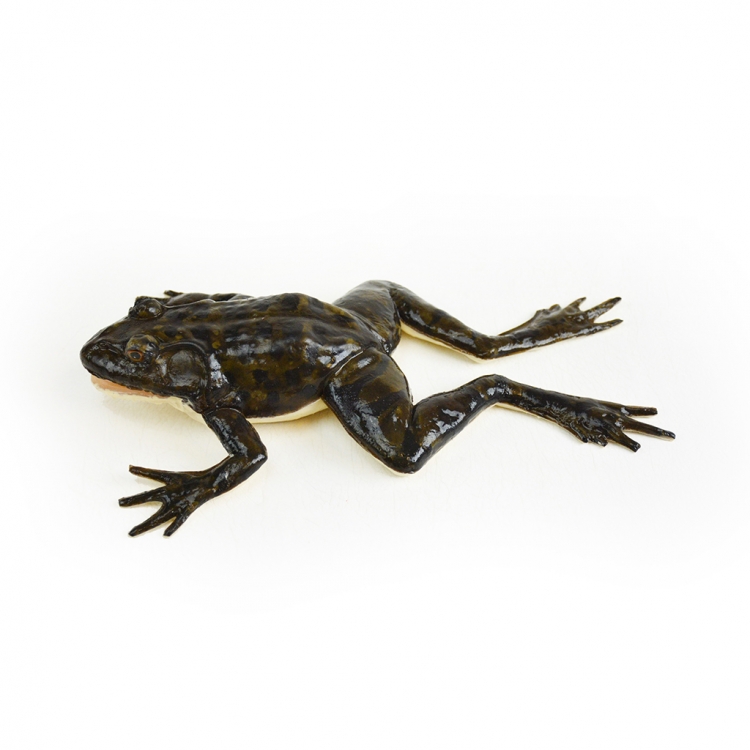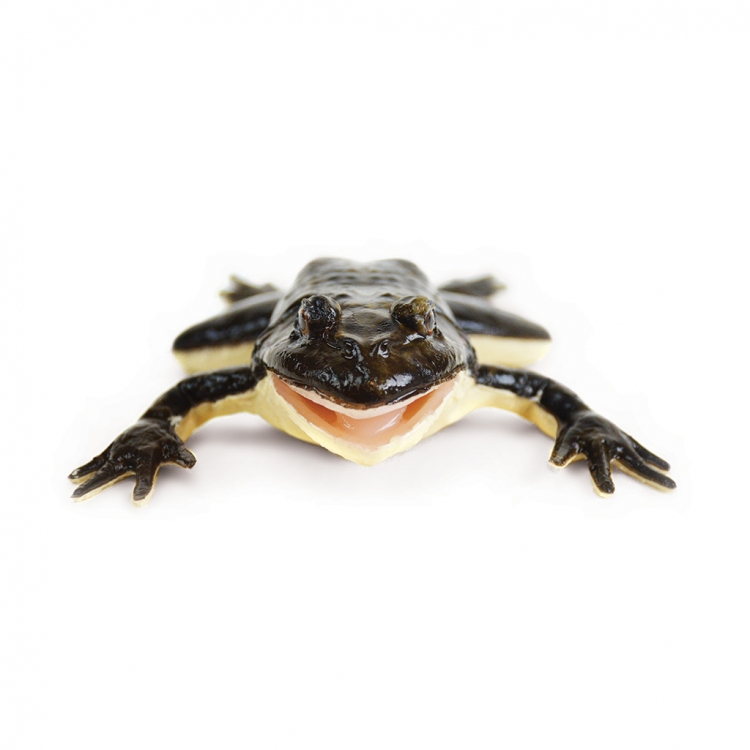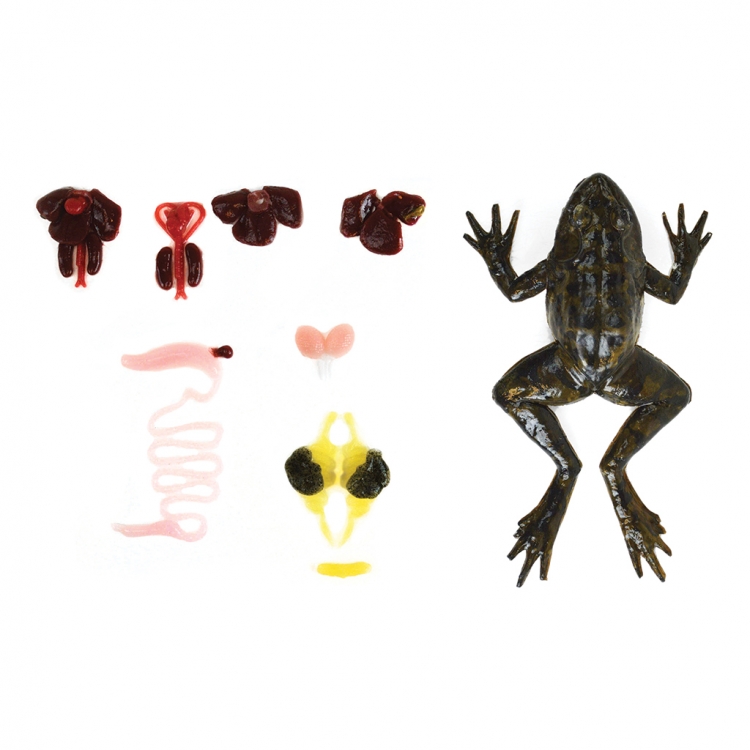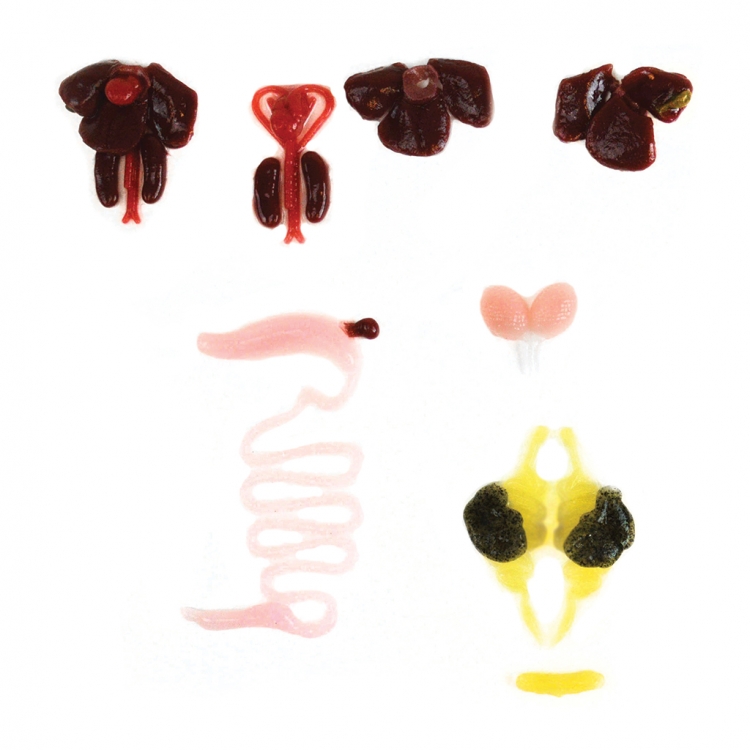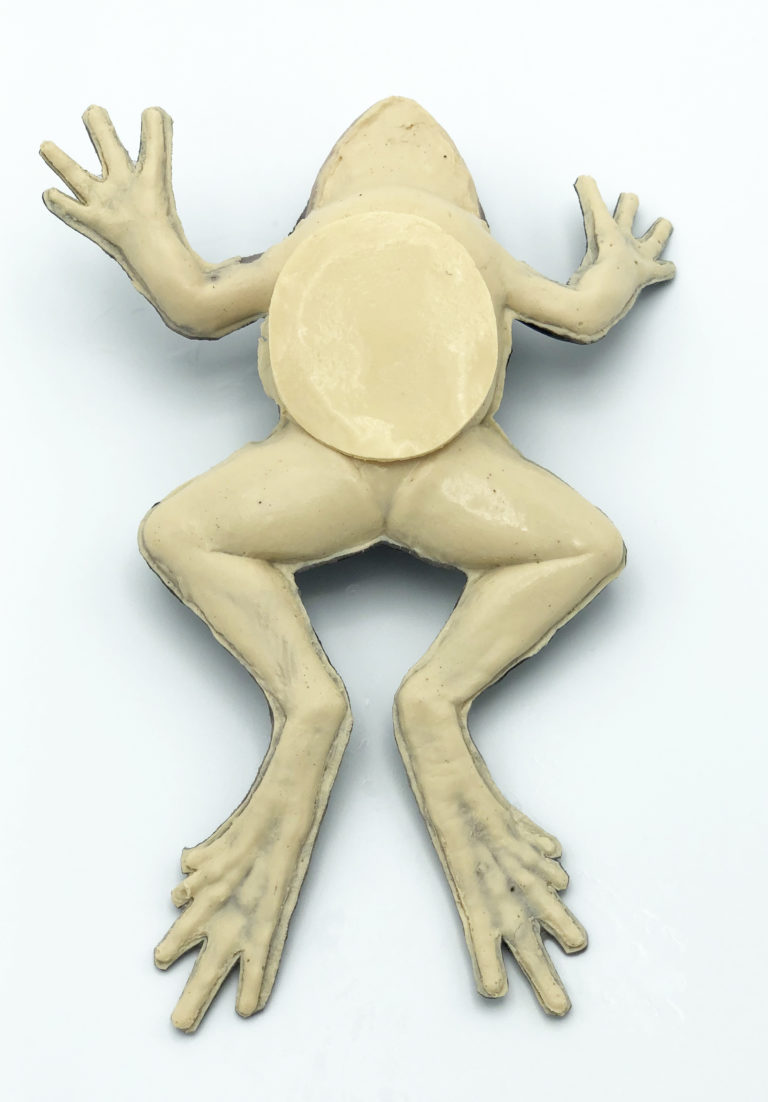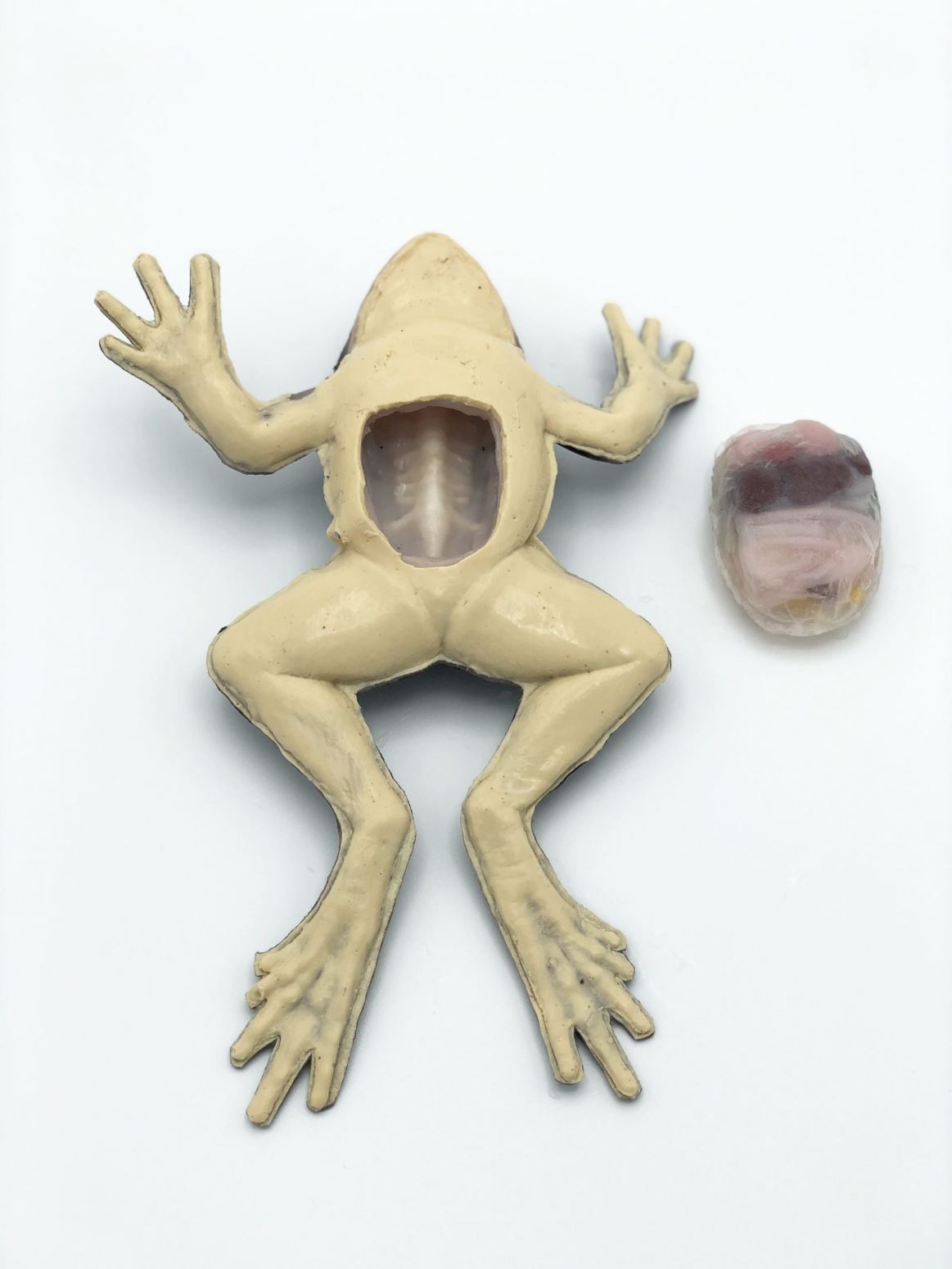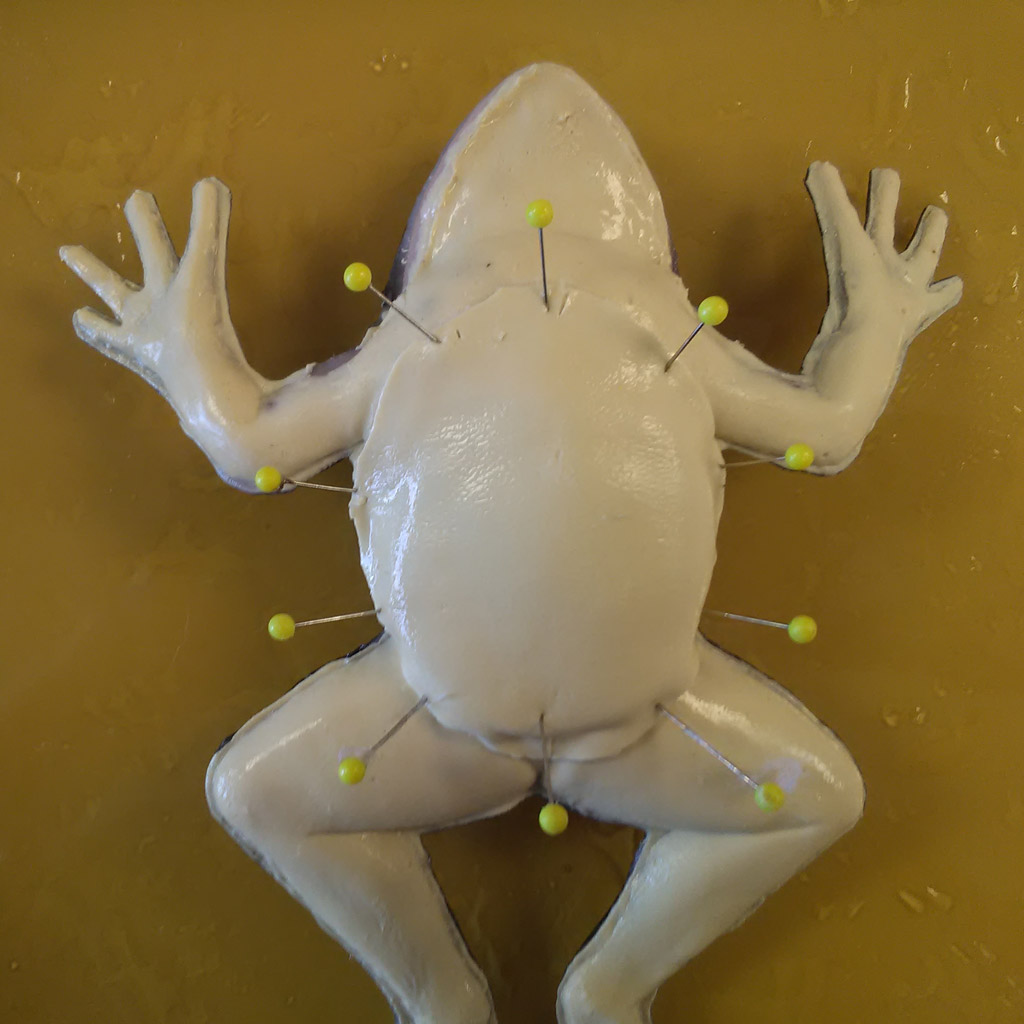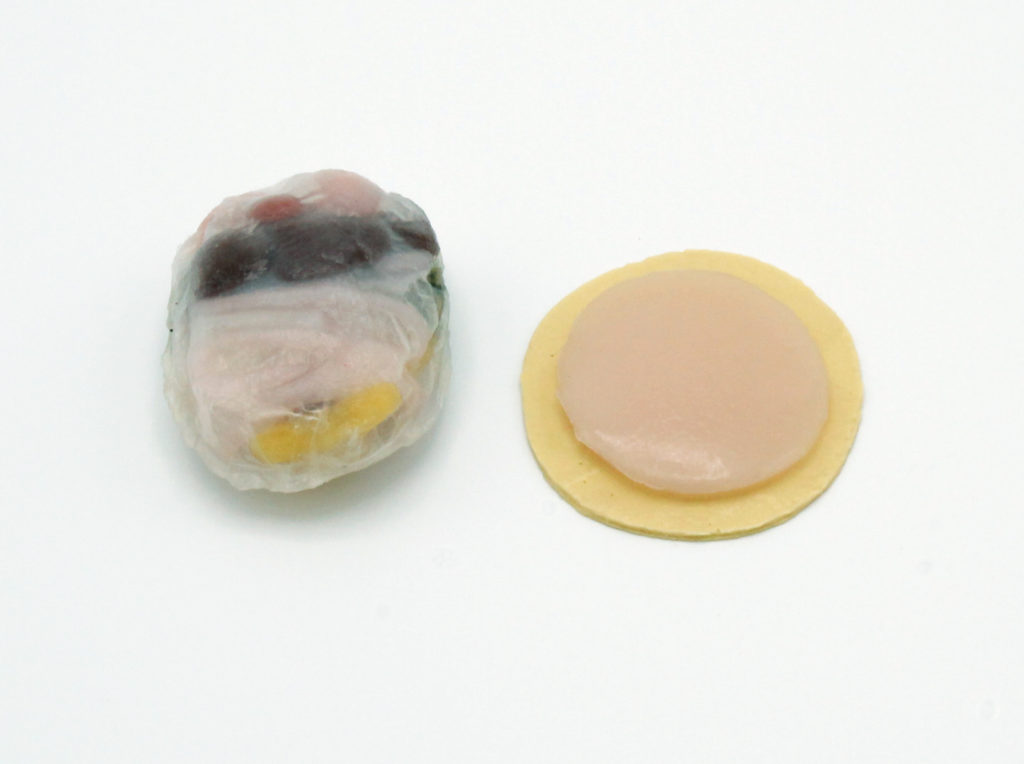SynDaver SynFrog
With SynFrog™, there’s no longer any need to harm real frogs for the sake of enhancing the educational experience. In addition to eliminating the ethical concerns of sacrificing living animals to teach comparative anatomy, SynFrog is a better option for students because it does not expose them to hazardous chemicals, like formaldehyde and formalin.
SynFrog is 100% safe to use and features:
- Highly realistic and expertly detailed frog body
- Removeable, anatomically correct organs
- No harmful chemicals or odors
Options
- SynFrog Bundle with Dissection Kit
- SynFrog Only
The SynFrog Dissection Bundle includes:
- 1 SynFrog dissection model
- Dissection mat
- Dissection instruments
- Pins
- Dissection lab guide
- Live online course
SynFrog™ is made with twenty-first-century SynTissue®, a library of synthetic wet tissues that mimic the look, feel, and physical properties of real live tissue. SynFrog is made to represent a live female frog in every way possible, including its size and the texture and color of its skin and organs. It also features a realistic reproductive system, complete with eggs.
More Information
Weight: 2 lbs
Dimensions: 12" × 12" × 5"
Agriculture, Food & Natural Resources
![]() Agriculture can be considered one of the oldest industries in th world tracing its origin back 12,000 years. What started with small groups of people in various locations figuring out how to domesticate animals and grow their food has become a multi-trillion-dollar global industry.
Agriculture can be considered one of the oldest industries in th world tracing its origin back 12,000 years. What started with small groups of people in various locations figuring out how to domesticate animals and grow their food has become a multi-trillion-dollar global industry.
Over the last few centuries, sparked by a series of industrial revolutions, significant changes have taken place throughout the industry that has shaped agriculture as we know it today. Machinery has replaced manual processes and hand tools. Additionally, technological advances, including computers and the Internet, have enabled agricultural machines and procedures to be more productive and efficient.
As technology continues to advance, agriculture must keep evolving to ensure that productivity keeps pace with an ever-expanding world population. Today’s agricultural experts need experience with more types of technology than ever before.
Agricultural mechanics is a critical component of robust and relevant agriscience programs. With the right equipment, educators can demonstrate how to construct and repair equipment, buildings, and facilities by following architectural and mechanical plans, show mechanical equipment and power systems, and teach hydraulic and pneumatic systems service and repair.
Plants, farms, and animals are the main functions of agriculture. Still, there are additional opportunities in this field. This career pathway covers a variety of careers - ranging from animal science and veterinary science to metal technologies/welding, oil and gas production systems, and energy & natural resources.
Students need the opportunity to apply physical science principles to their studies with an agricultural mechanics career track that covers:
- Agricultural systems including equipment, power systems, alternative fuel sources and precision technology
- Welding trainers, CNC tables, and hydraulics training systems are all key components to the formula that makes up a robust educational program
- Food Production & Processing Systems
- Natural and Rewable Resource Systems
- Animal Systems, Veterinary Programs
Explore hands-on learning technologies for agricultural programs.
Science, Technology, Engineering & Mathematics
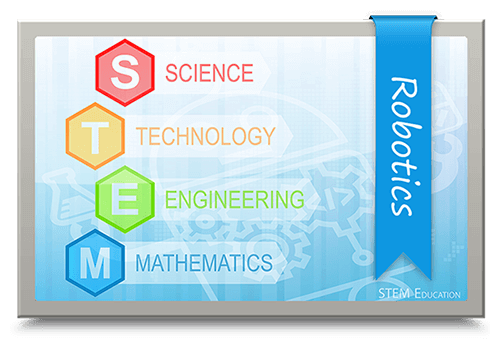
By 2018, the U.S. will have more than 1.2 million unfilled jobs in the areas of science, technology, engineering, and math (STEM) because there will not be enough qualified workers to fill them. STEM is where jobs are today and where the job growth will be in the future.
Through activity-, project-, and problem-based curriculum, our programs give students a chance to apply what they know, identify problems, find unique solutions, and lead their own learning. When students understand how their education is relevant to their lives and future careers, they get excited, and are more successful.
Students gain knowledge and skills in the following STEM areas:
- Engineering design process
- Industry standard 3D modeling software
- Using an engineer’s notebook
- Mechanisms, energy, statics, materials, and kinematics
- Development of residential and commercial properties and structures
- Project research, testing and validation techniques

